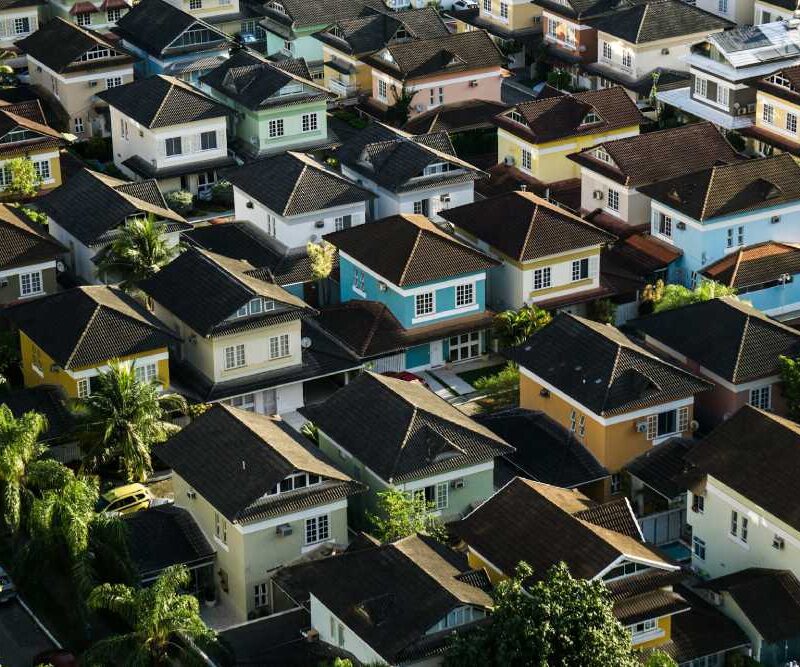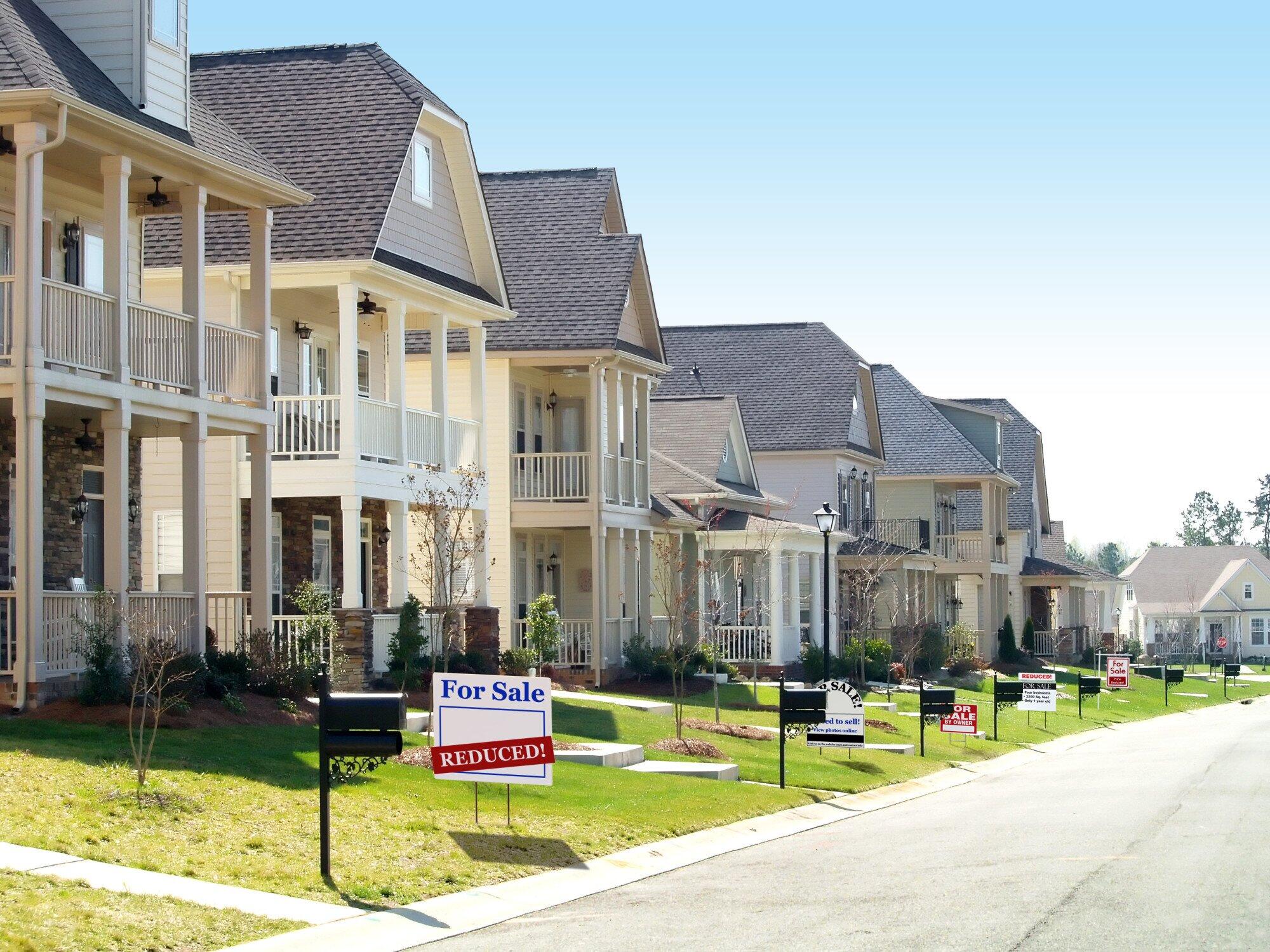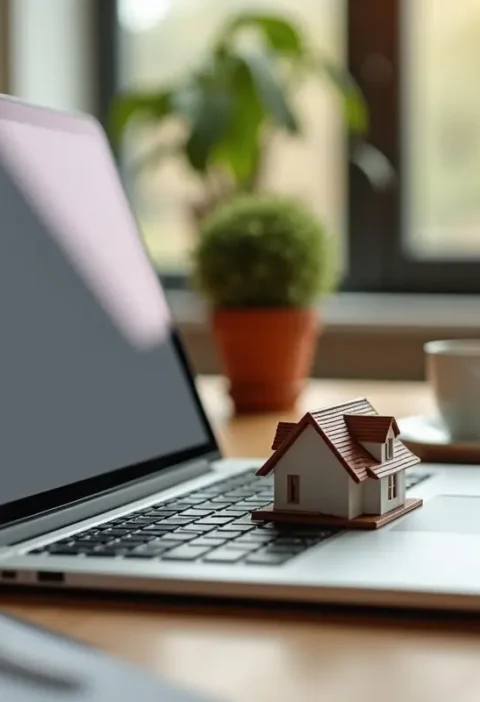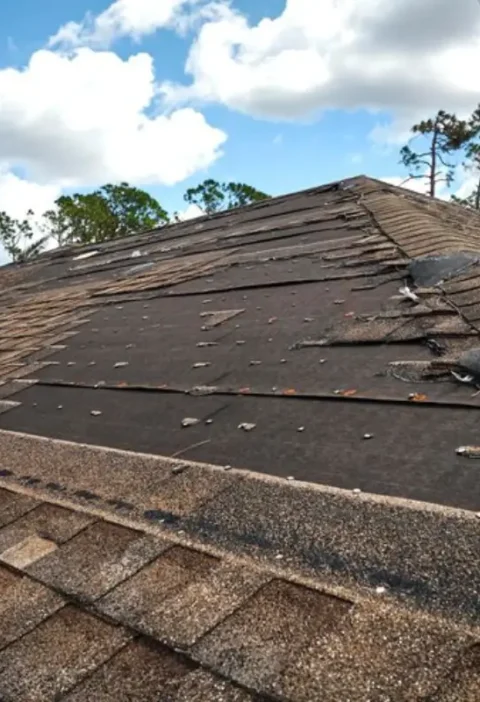Sustainable methods in real estate development are no longer merely niche concerns; they have become central to the industry’s future. Thought leaders in the field, such as Rofino Licuco, are pioneering efforts to balance economic development with ecological responsibility. This approach seeks to accommodate today’s needs and ensure that resources remain available for future generations.
As both consumer demands and regulatory pressures increase, developers are adopting innovative strategies to address the growing imperative for sustainability in construction.
The Rise of Green Building Practices
Green building practices have dramatically reshaped the construction landscape over the past decade. These eco-friendly approaches aim to construct resource-efficient buildings throughout their life cycles—from design, construction, operation, and maintenance to renovation. The shift involves fundamentally rethinking how energy, water, and materials are used within the built environment.
A U.S. Green Building Council study highlights that green buildings can drastically reduce environmental impacts while promoting healthier living and working conditions. By employing strategies such as energy-efficient lighting, advanced insulation, and low-flow water fixtures, developers help the environment and realize significant cost savings.
Innovative Materials and Technologies
The advent of new materials and technological processes marks a pivotal move towards sustainability in real estate development. Recycled materials like steel and concrete are becoming more popular for their reduced environmental impact. New resources like bamboo and cross-laminated timber (CLT) offer renewability and strength.
Technology further enhances these practices: 3D printing revolutionizes construction by allowing more precise designs and reducing material waste, while modular construction builds efficiency through off-site production. In a recent review of advanced building materials, industry experts emphasized how adopting such innovative approaches can lead to new efficiencies and sustainability in every development phase.
Impact of Smart Cities on Real Estate Development
Smart cities are becoming a beacon of sustainable urban planning, with real estate development at their core. These cities leverage digital technologies to enhance performance and well-being, reduce costs and resource consumption, and engage more effectively and actively with their citizens.
These urban spaces can optimize infrastructure and service delivery by relying on data from Internet of Things (IoT) devices, making them more sustainable and resilient. The integration of artificial intelligence (AI) plays a crucial role in anticipating community needs and engineering responsive environments.
Financial Benefits of Sustainable Development
Financial advantages are one of the driving forces behind the adoption of sustainable development practices. Energy-efficient buildings have significantly cut utility costs, translating into savings for developers and occupants.
Furthermore, governmental incentives play a substantial role in promoting green development. Tax credits, rebates, and grants for energy-efficient construction projects make sustainable buildings financially attractive. Additionally, properties with green certifications tend to command higher market prices and are favored by tenants and buyers who value environmental stewardship.
Challenges and Considerations
Despite the numerous advantages, sustainable development has its challenges. Higher costs of sustainable materials and technologies can be prohibitive for some developers. Additionally, the fluctuating regulatory environment across different regions may create uncertainties and hinder uniform adoption.
Another challenge involves overcoming preconceived notions that sustainable practices might compromise the aesthetic or functional aspects of a building. However, as more success stories emerge, the perception shifts and sustainable practices are recognized for their viability and value.
Role of Policy and Regulation
Policy and regulation play essential roles in proliferating sustainable real estate development. Effective policies promoting energy efficiency and sustainability can provide developers with the necessary framework and incentives.
Governments worldwide are implementing mandatory energy ratings, green building codes, and sustainable procurement rules to accelerate the transition. These regulatory landscapes foster innovation and ensure sustainable practices are adopted across all built environment sectors.
Future Outlook: What to Expect
As we look towards the future, sustainable real estate development will expand further, driven by continued advancements in technology and policy. Incorporating renewable energy solutions, such as solar panels and wind turbines, in building plans will become increasingly common.
Building designs will likely evolve to feature adaptable spaces that respond to changing requirements, optimizing natural resources and human interactions. Staying ahead of emerging trends in sustainable development will be crucial for stakeholders aiming to capitalize on new opportunities while contributing positively to environmental goals.
Conclusion: Embracing Sustainable Practices
In conclusion, the imperative for sustainable practices in real estate development is stronger than ever. The benefits of such practices extend beyond environmental stewardship, offering economic advantages and enhancing social well-being.
As public sentiment and legislative requirements align more closely with sustainable objectives, developers can redefine industry norms and build a foundation for a healthier, more sustainable future. By prioritizing eco-friendly strategies, real estate can become a pivotal element in achieving broader sustainability goals.







